The history of the house of Handwerk 5
In the Middle Ages, craft was primarily the street in which the cloth makers lived.
Opposite of Handwerk 5 is the Cloth Maker's Guild House. Here, the guards were examined and sealed by the guild masters, so that when the goods were sold to wholesalers and middlemen or directly to guilds that were further processed, the cloths did not have to be checked again.
The powerful cloth manufacturers did not have their looms in their houses in the craft, but in the Nikolaivorstadt. So it was possible to represent in the houses of the cloth makers, also in Kränzelstraße and in Weberstraße.
A short journey through time follows through our house, to which we cordially invite you.
Christine and Dieter Gleisberg
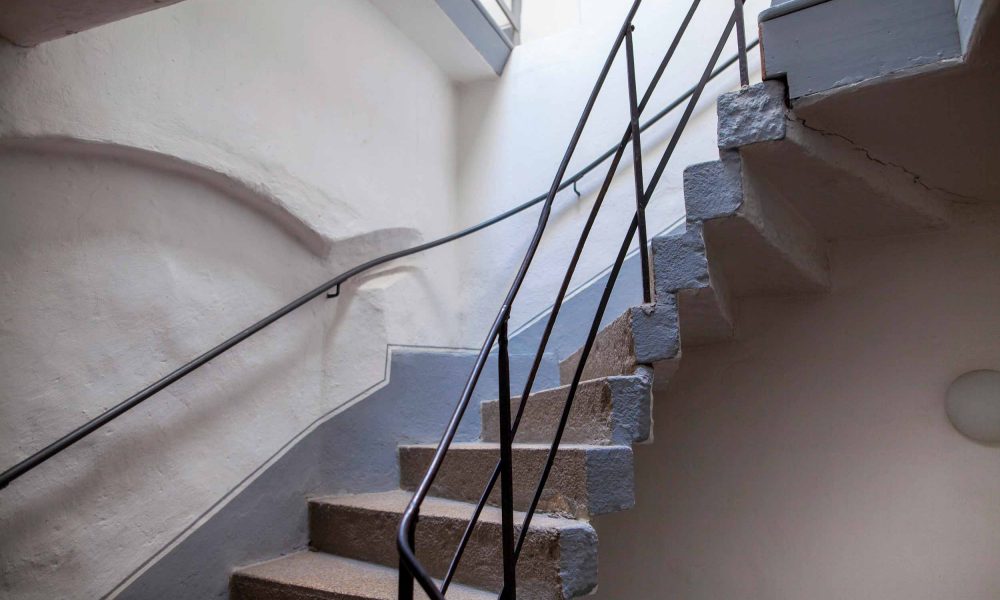
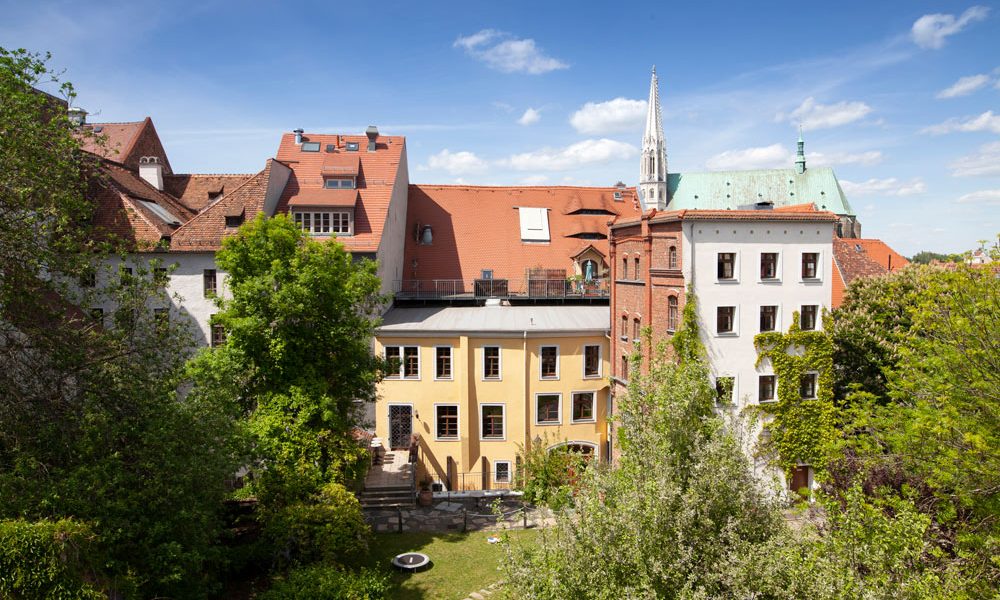
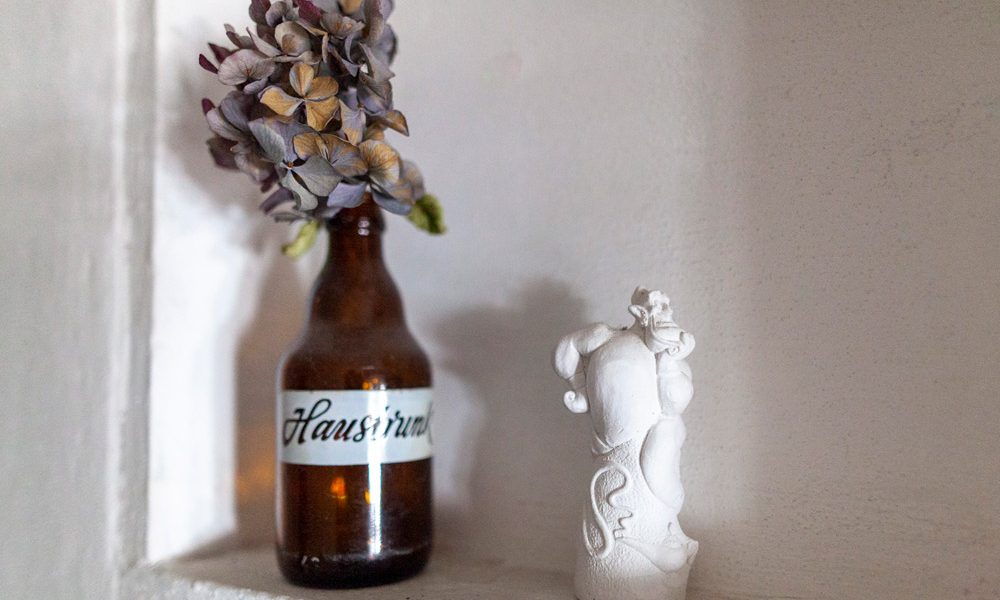
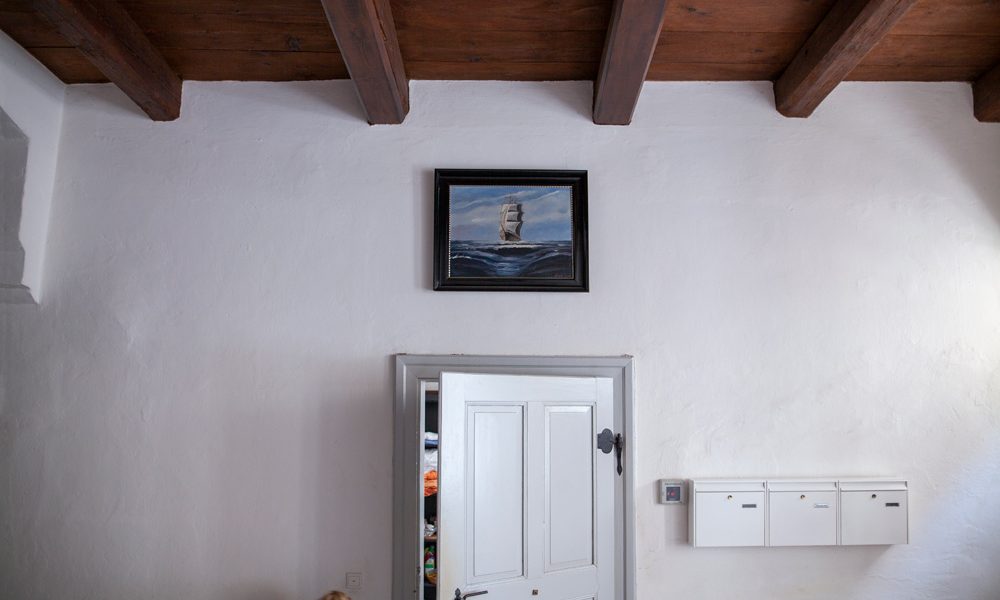
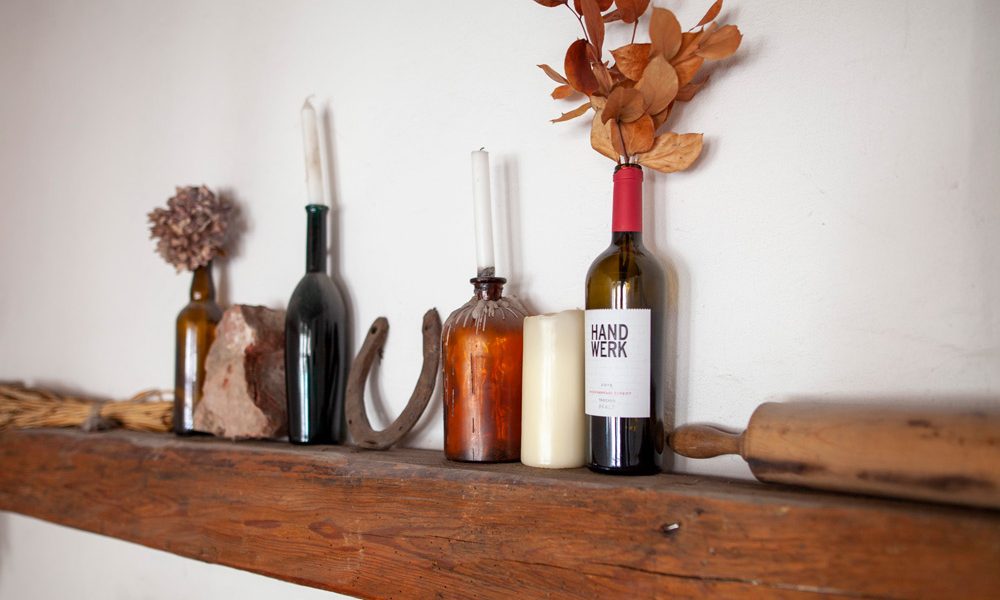
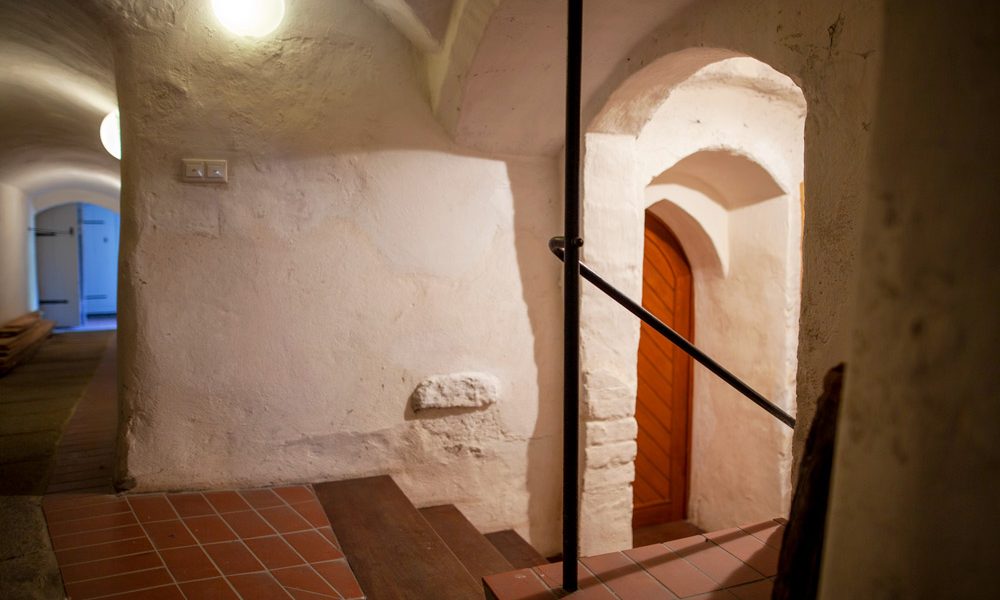
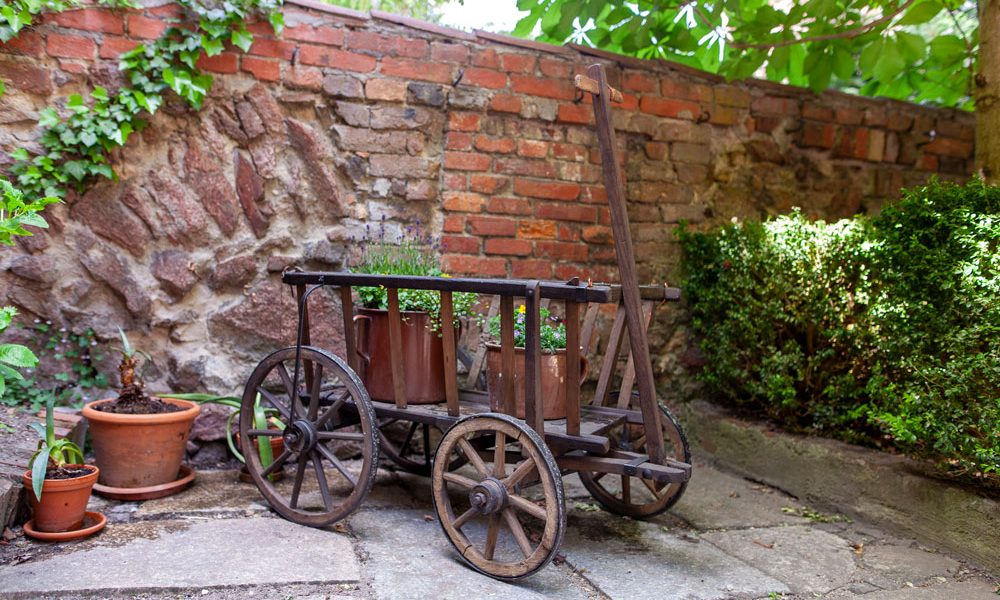

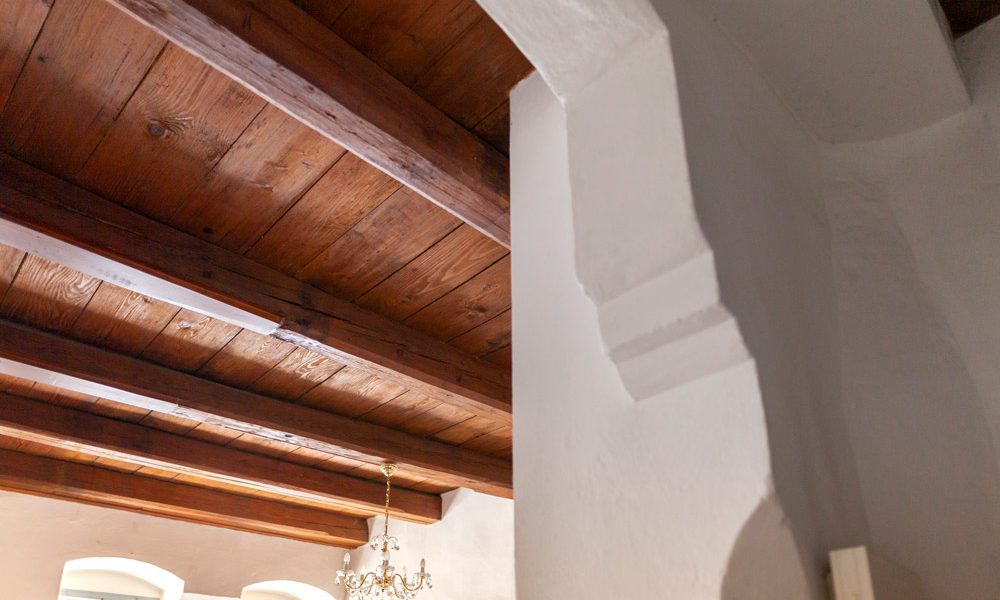
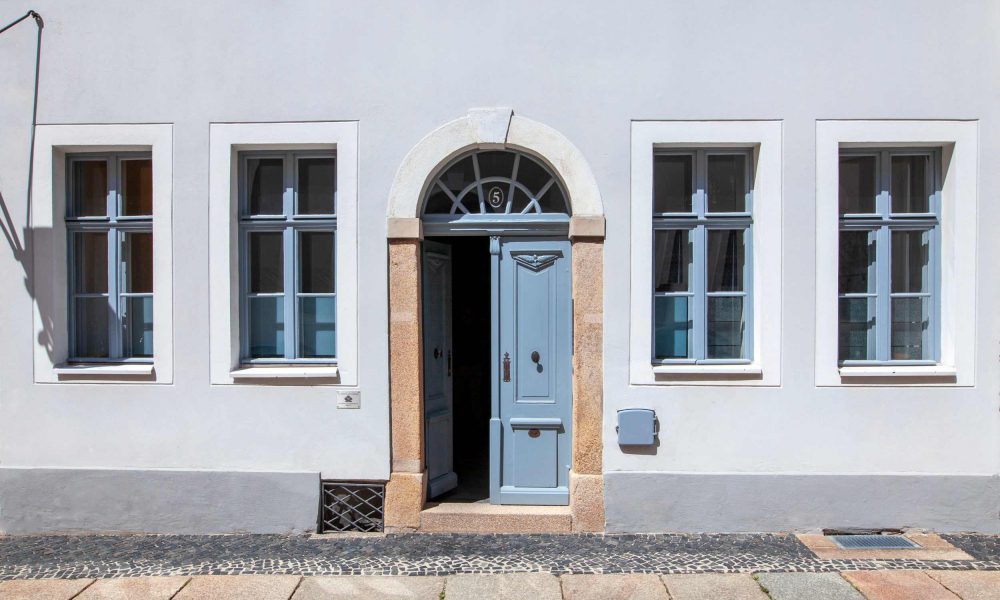
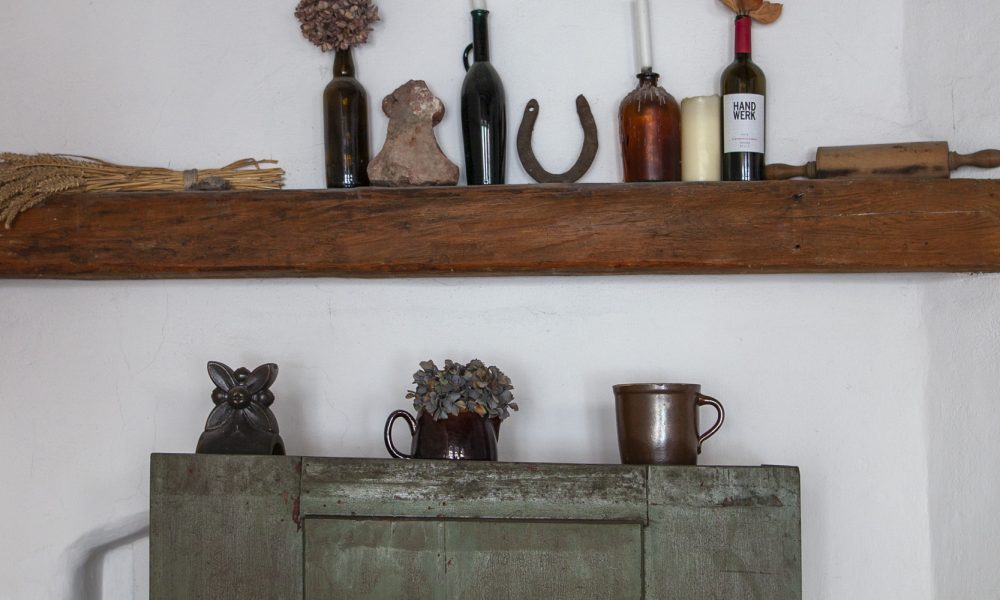
-
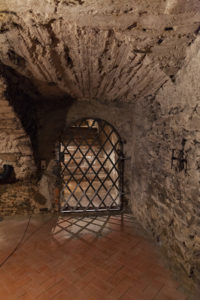
12th – 15th century
Two cellar complexes from the Gothic and Renaissance periods on different levels were used, as is common in the Middle Ages, for storing vegetables and other foods in order to get through the winter
-
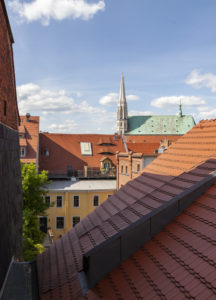
around 1700
The baroque roof truss is original, except for a few changes. It was built around 1700 after the houses were no longer gabled.
-
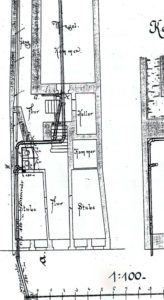
in the 19th century
The floor plans are not as large as those of the trading houses on the Untermarkt, in Petersstrasse or Neißstrasse, but there is enough space to receive guests in hall-like rooms.
Here at Handwerk 5 there is a Renaissance hall on the ground floor with an area of around 50 m². Before the renovation in the 19th century, there was another baroque hall of the same size on the first floor. -

around 1819
The staircase was rebuilt around 1819 after the last major city fire in accordance with the Saxon Fire Ordinance. The baroque wooden staircase was replaced by a stone staircase and parts of the old railing system were reused. During this time, the wooden beam ceilings with plaster base, plaster and stucco were also upgraded.
-
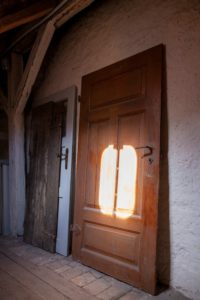
around 1820
Almost all doors, including the front door, are from around 1830 and are still in use today.
The floors were largely preserved and refurbished, except in the bathrooms.
The facade was renewed around 1925 and parts of the entrance portal were removed. -
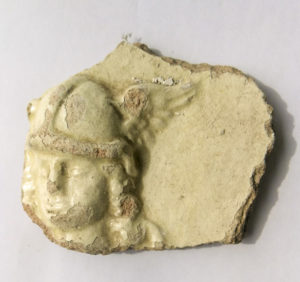
approx. 1910
The stove ceramics found in the hall, under the old planking, were used with a variety of stove tiles directly at the point of demolition as filling material in the spaces between the planks.
Transport was difficult and expensive, but the labor force was not. This is how the numerous savings sheets were bricked up in the hall. -
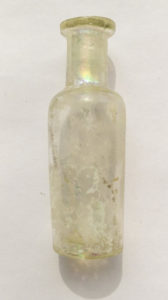
approx. 1925
In the courtyard all rubbish and ash pits were used waste and old household items
buried. For example, we were able to KPM porcelain, grindstones, parts of the entrance portal, fragments of clay jugs and bowls, liqueur glasses and bottles, a brass knuckle and a shoe heel hold.
From a comparatively short past, we found an ingrown sofa under lush greenery. -
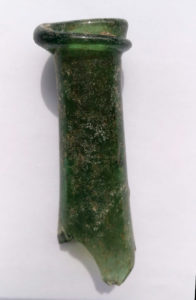
1948
The extension in the courtyard was created after a building application from 1948 and was the kitchen of the
Restaurant "To the fresh spring" which was held in the hall.
In the past century until the time of the peaceful revolution, there were several apartments in the house. without own toilets and with water connection in the stairwell. -
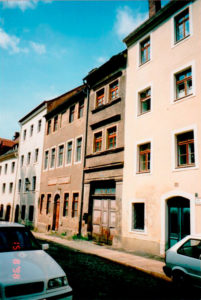
1998
We acquired the property in 1998 and refurbished it in 1999 according to monument conservation requirements.
All requirements for a contemporary home have been met with the necessary house technology integrated inconspicuously.
Such a high priority for monument protection also means that e.g. Doors and windows do not meet the current thermal insulation requirements that must be met in new buildings.
The numerous advantages are in other places in the monument, e.g. the few but solid outer walls with the comparatively small window openings are conducive to the climate in the house.
The reuse and reuse of existing building fabric is not only sustainable, but also shows the user something unique and special from the building history of the house. -
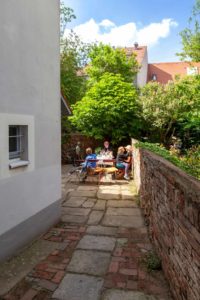
2010
The courtyard is bordered on all three sides with a wall of different heights. From this it can be concluded that the house has always been a closed and measured plot. Many properties in the historic old town still had an undivided courtyard.
Today there are apartments in the house.
